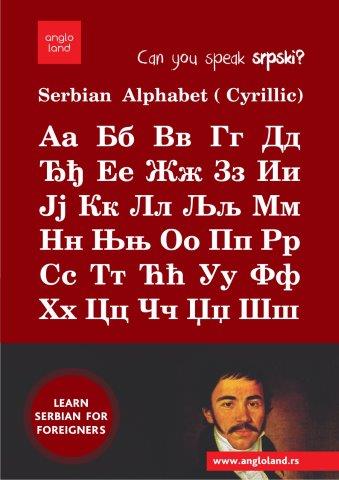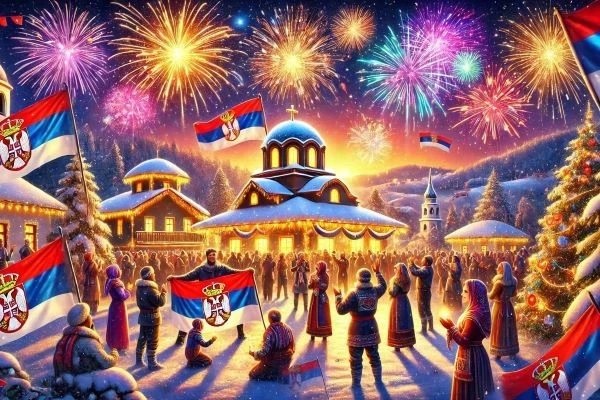- Home
- Blog
- Get to know Serbia
- KALEMEGDAN - THE BIGGEST HISTORIC TREASURE OF THE SERBIAN CAPITAL
KALEMEGDAN - THE BIGGEST HISTORIC TREASURE OF THE SERBIAN CAPITAL
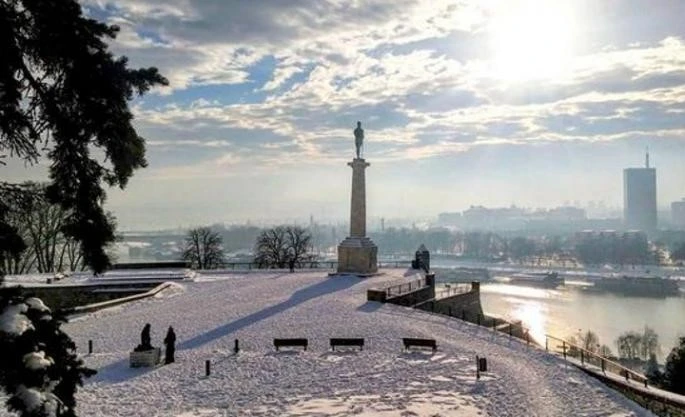
THE BIGGEST HISTORIC TREASURE OF THE SERBIAN CAPITAL
Anybody who decides to come to Belgrade finds at least some time to scuttle quickly to Kalemegdan. Tourists - because this is a necessary part of their itinerary of getting familiar with the capital city, the strollers that go for long walks so that they enjoy the beauty of the largest Belgrade park, some find time to hop on a bus that will take them on a round trip around the park, some to show their children the Zoo and a host of animals which they cannot get to see at home, some retired amateur chess players come to play a vitally important game of chess that they get so absorbed with the game that they seem to be oblivious to the moment when they started and it finally does not matter who the winner will be- it is only important that the opponent shows up who you can play against ...
The potent symbol of the city that is recreated and rebuilt time and time again
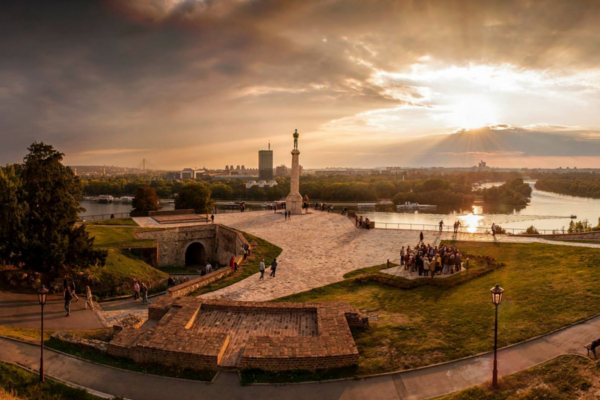
The history of Kalemegdan (Kale - fortress, megdan - the battlefield) stands in silent testimony of the chequered history of civilization in our area. The original settlement was built during the Neolithic Era. The Romans, the Obri, the Huns, the Hungarians,the Turks, the Austrians, the Germans, all tended to build the Kalemegdan Fortress and to demolish it yet again, to conquer and lose it. This fortress was built of white stonework in the 9th century, so the Serbs called it White town (Belgrade). The Hungarians moved this stonework across the Sava River and built the Zemun Castle, and three centuries later the Byzantines returned the same stone to the Belgrade Fortress. Thus, Kalemegdan seems to have crossed across the Sava twice ‘by way of swimming’, unlike other fortresses that have been sitting there in the same place in utter boredom for centuries
Historical attractions
If you come from the city center, you will pass through the Stambol Gate, where the Ottoman Turks put the local Serbs to tortures, Kula Nebojša hides the shadows of the so called Dahia that would tell people’s fortunes with glass pottery, the nude statue of the Victor (Pobednik) shows his front part towards Austria whereas ‘his very rear i.e. his buttocks’ show towards Turkey (according to the popular belief i.e. city rumours this is a hidden message to the great empires), the Roman Fountain remains silent about many vicitims - dead captured soldiers, a Makaveyev PTT officer, who has fallen prey to envy, and maybe it hides ever more underground tunnels that run under the Sava and connect Belgrade and Zemun, which no one else seem to have found, but it surely does exist somewhere there ...
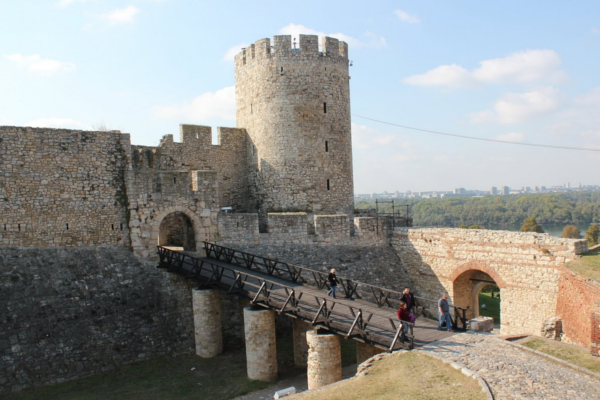
What used to be a battlefield is a most beautiful park of today
Today on the Kalemegdan, you can practice yoga, drink good coffee, recharge your energy, listen to a good concert, buy souvenirs as a memento and probably start smiling when you remember Bata showing the place where the Old Slavs swam across the Danube and reached Belgrade, 'Right here, watch my arm showing you the direction', as our famous Bata said.
translation support www.angloland.rs
Related products
Read also
Who was Saint Sava and what was his contribution?
"Saint Sava: A Beloved Serbian Saint with a Rich Legacy and Cultural Significance"
…Serbian New Year: Tradition, Customs and How to Celebrate it
The Serbian New Year, also known as the Orthodox New Year, is celebrated on…
Gifts Inspired by Serbian Culture: Authentic Ideas for the Holidays
The holidays are a time of giving, and finding the perfect gift is often a challenge.…
Traditional Serbian Christmas Customs: How to Cultivate Them in Modern Times?
Christmas is the most joyous holiday in Orthodox Christianity, a time when families…
How to Bring the Spirit of Orthodox Tradition into Your Home This Winter?
Winter is the perfect time to bring warmth, togetherness and the spirit of Orthodox…
Serbian Souvenirs: Perfect New Year's Gifts for All Tastes
New Year is the time of giving, and what is more beautiful than a gift that…
How to stay productive and not waste an entire day on Black Friday shopping
Black Friday is a day full of amazing discounts, but it can easily become exhausting…
Folk Beliefs and Customs for Saint Aranđel - Assembly of Holy Angels
Saint Michael the Archangel, who is celebrated…
Folk Beliefs and Customs for Đurđić - Glory of St. George
Đurđić, the feast of St. George, celebrated on November 16, is one of the most…
Smart shopper's guide: How to make the most of Black Friday
Black Friday is the most famous shopping event of the year that offers huge…
The history of Black Friday: How it all began and why it continues
Black Friday, known as the biggest discount day of the year, today attracts…
Gifts for Children in the Diaspora: How to Nurture the Connection with the Language, Culture and Tradition of Serbia
Children who grow up in the diaspora face specific challenges - they lose contact…

Apply for newsletter
Sign up for the Serbianshop newsletter and get a 10% discount.


